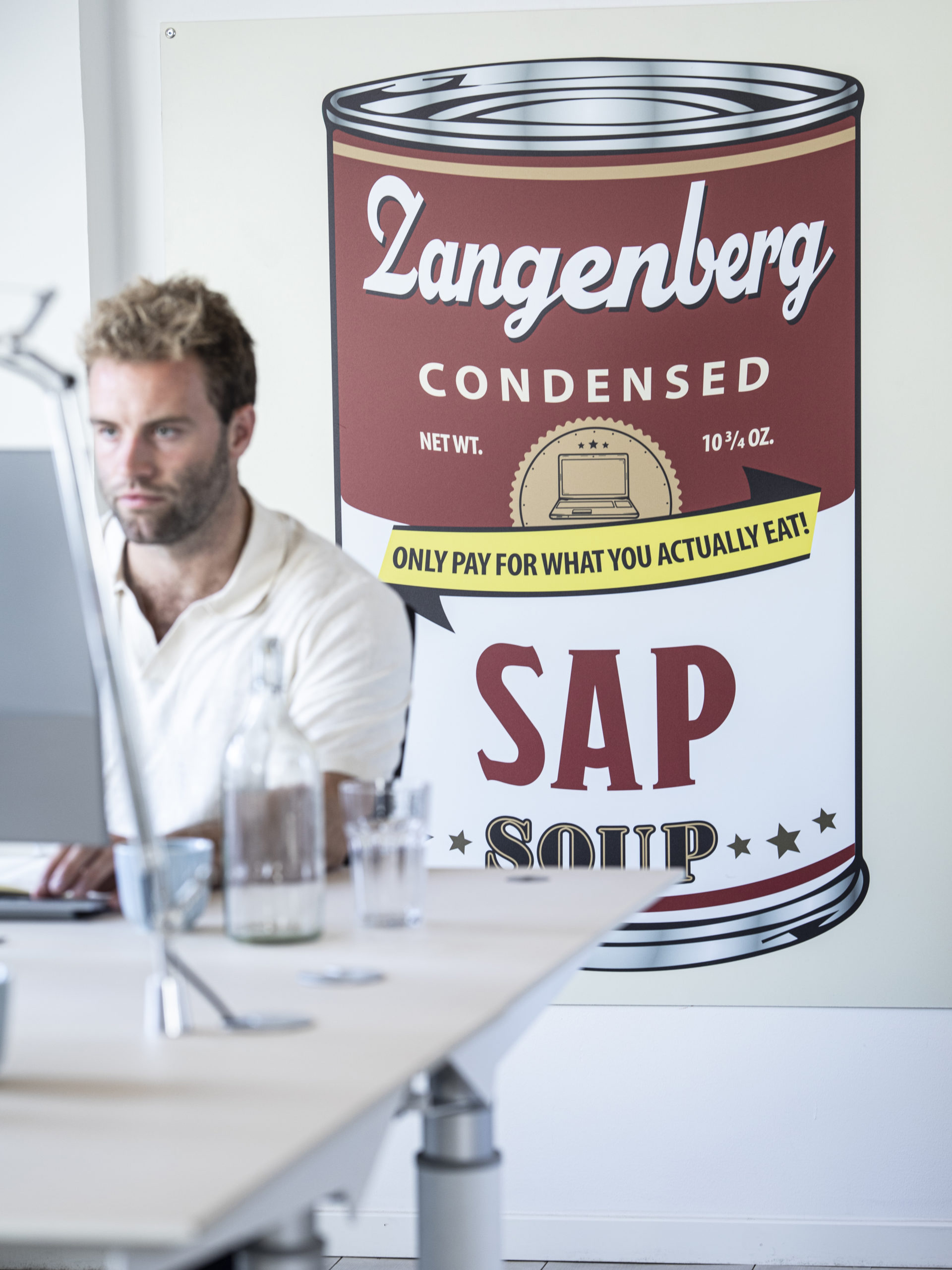SAP Licence and User Optimisation
As an SAP client, for many reasons it is worth having precise knowledge of how the company’s employees use SAP’s ERP system. A mapping of employees’ SAP user behaviour facilitates optimisation of the company’s licence portfolio, so the company only pays for the licences that are absolutely necessary.
A detailed mapping of the company’s SAP use can, for one thing, help to identify overlapping functionality in the application landscape.

How can SAP licences be optimised by mapping user behaviour?
As an SAP client, for many reasons it is worth having precise knowledge of how the company’s employees use SAP’s ERP system. A mapping of employees’ SAP user behaviour facilitates optimisation of the company’s licence portfolio, so the company only pays for the licences that are absolutely necessary.
A detailed mapping of the company’s SAP use can, for one thing, help to identify overlapping functionality in the application landscape – for example, as a result of transition to cloud products – where a company is actually paying for the same functionality several times.
A mapping of a company’s SAP use can also contribute to the dismissal of audit claims, while in a negotiation with SAP, knowledge of user behaviour will often significantly strengthen a client’s bargaining power.
Detailed knowledge of the use of the SAP systems can also be valuable in the context of migration to S/4 HANA, and when planning future development investments.
When is it relevant to map user behaviour in SAP?
In many SAP agreements, the client’s portfolio of user licences is compiled using an estimate based on the organisation’s employee composition and functions.
However, a review of how employees actually use the system can often reveal that the client is paying for licences that are not really needed. Thus, by mapping the users’ behaviour, we can document any over-licensing or any other unfavourable licence composition.
This information may be relevant in several different contexts:
- The mapping can be used to find the most optimal user licensing, based on a client’s actual needs. SAP clients who are over-licensed user-wise will often be able to reduce their total licensing costs if, in the context of a renegotiation of an SAP agreement, they can prove how their employees actually use the systems. This is also relevant for clients who have a ‘company user’, since in this case the price is based (usually erroneously) on an assumption about underlying system use.
- Without necessarily being aware of the fact, many SAP customers have overlapping features in their system portfolio, for which they pay licensing costs several times over. This includes, for example, customers who switched to one of SAP’s SaaS solutions, but still pay for the same functionality in an on-premise agreement. In this instance, a mapping of the company’s SAP use can be used to identify areas with overlapping functionality.
- When migrating to S/4 HANA, a detailed overview of user behaviour could provide a more accurate conversion of user licences to S/4 HANA, with the client avoiding unnecessary price increases. In some cases, it may even be possible to reduce licence costs during the transition to the new system.
- The mapping of the client’s SAP use can be used to plan future development projects based on, or to get an indication of how much of the company will be affected: for example, if you are considering making changes to certain parts of the system or considering switching to another software provider for selected lines of business.
- Mapping user behaviour provides a general overview of the client’s compliance status. If the mapping reveals that the client has been over-licensed, any audit claim from SAP can be dismissed or the size of the claim can be reduced.
Our assistance
A mapping of user behaviour in an SAP system involves analysing large amounts of data. Zangenberg Analytics uses a proprietary tool to analyse a client’s SAP transaction data, matching transaction codes against current licence terms from SAP. Using the tool provides us with a more detailed overview than that which normal Software Asset Management tools provide. We can thereby conduct accurate mapping of which, and how many licences are needed, based on the employees’ actual use of the system.
Results
- A detailed overview of the client’s use of SAP
- A detailed overview of the client’s use of SAP
- A detailed overview of how the client’s current licence portfolio matches the client’s user behaviour
